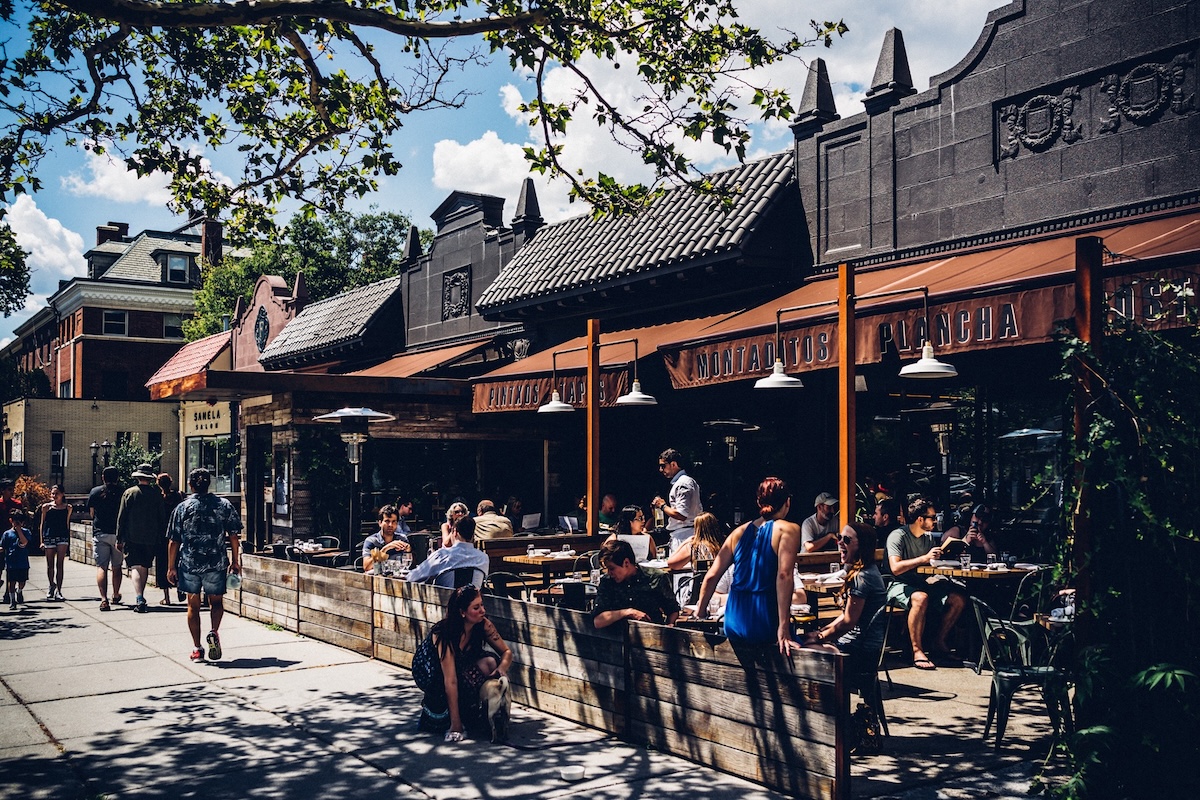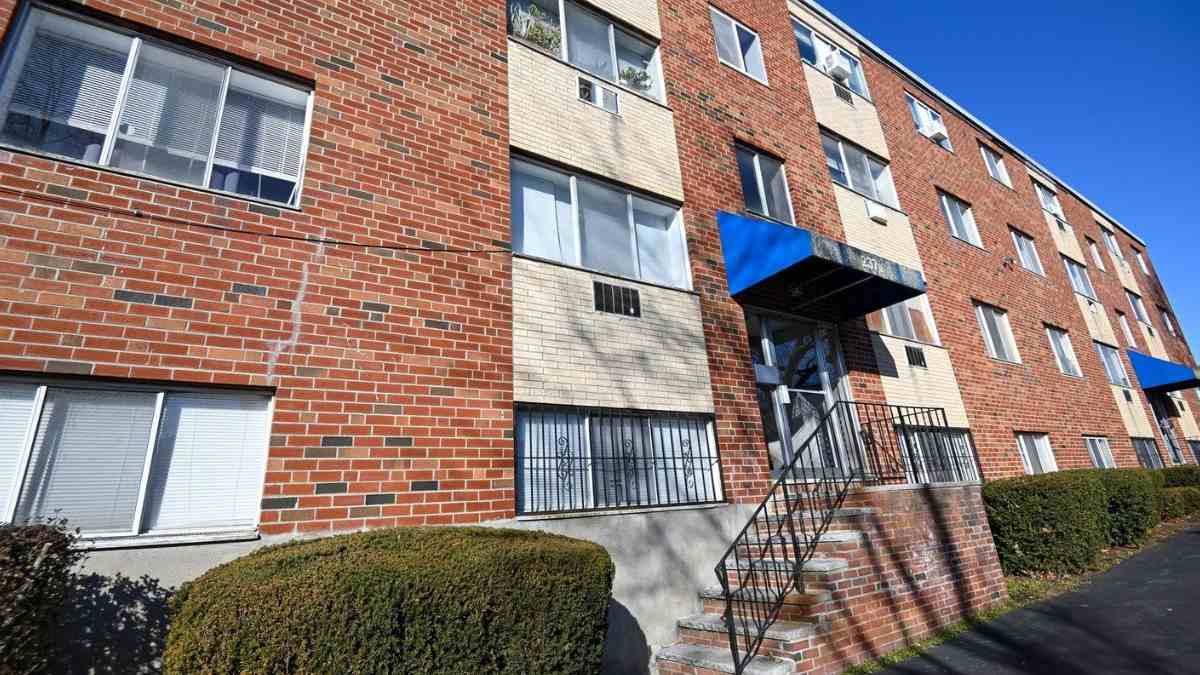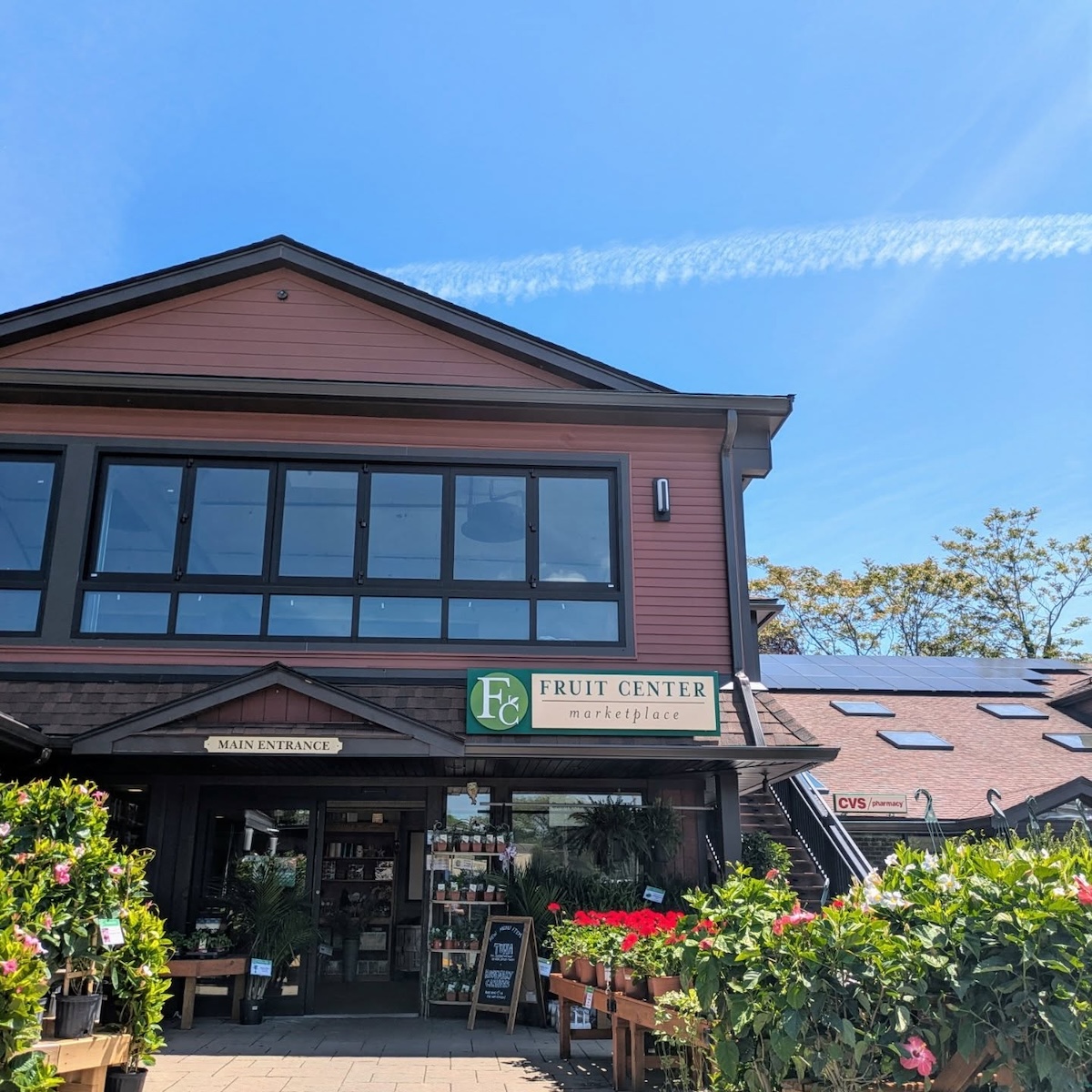Boston’s construction market has seen a significant decline in the past decade. This is a result of climbing interest rates and difficult conditions for developers trying to secure financing for their projects. In fact, specifically, the Greater Boston area has seen its lowest construction rate in over 10 years.
Highlights
- Boston has seen a rapid drop in housing construction in the region due to a crisis in permit issuance.
- Developers and professionals in the construction business have blamed a complicated permit application process for this decline.
- Today, the low construction rates are also affecting the housing prices in the region.
Challenges in the Boston Construction Industry
According to a US Census Bureau report, the data suggests that in the first quarter of 2025, only a modest 2100 privately owned housing units received permits. This was the slowest recorded start to a year since 2013. This drop is steep as permits are down by a whopping 38% through the month of March. This was the biggest decline that the industry has seen since the fateful year of 2008.
Contributing Factors for the Drop in Homebuilding
Nationally, however, housing permits have only dropped by a small 3.7% – a fraction of the number seen in the Boston metro region. There have been a range of reasons for this slowdown in homebuilding in the Boston region, including high borrowing and interest rates as well as a stronger limitation around financing – factors that have built up over time owing to large-scale economic downturns.
Certain developers and contractors also blame a tedious and slow permit creation process, owing to restrictive zoning rules in certain local municipalities, for this decline. These issues prompt investors to set their gaze elsewhere to ensure that they receive appropriate returns. Developers also mention that added regulations, such as Boston’s focus on affordable and sustainable housing, further hinder their ability to curate development plans.
Government Efforts to Kickstart Housing
Leaders such as Governor Maura Healey and other officials have stated that they are making an effort to increase the housing supply in the Boston area. Simultaneously, they are also attempting to ease the housing affordability crisis that has recently hit the region. As per the state leaders, this has also contributed to hurting the state’s economy.
To address the issue of declining construction, lawmakers of the state have also created policies such as the MBTA Communities Law. This law has led to the creation of thousands of proposed units. However, it continues to face opposition. The 2023 Affordable Homes Act is another effort that legalizes accessory units. Through this legislation, the state was also able to create a small construction fund. Nevertheless, Governor Healey admits that the housing legislation in Boston requires a lot more improvement. In fact, Healey has proposed a range of ideas to address this crisis, but it is unclear if the lawmakers are prepared to enforce any big changes at the moment.
As construction comes to a halt, the prices for land rise even higher. In March, a single-family home was priced at a whopping $930,000, as per reports by the Greater Boston Association of Realtors. That month, only 500 homes sold as a result of this steep pricing – a 14% decline from the previous year’s already low sales.
On the other hand, rent in Boston has seen a 1.5% year-on-year increase, with the median rent for a one-bedroom unit being $2,240. The number of permits issued in 2022 in the Boston area was already considered extremely low when compared to the urgent requirements of the region. The 2100 permits that have been issued for this year are only half of the total permits issued in early 2022, deeming the housing issue a grave crisis in Boston.













